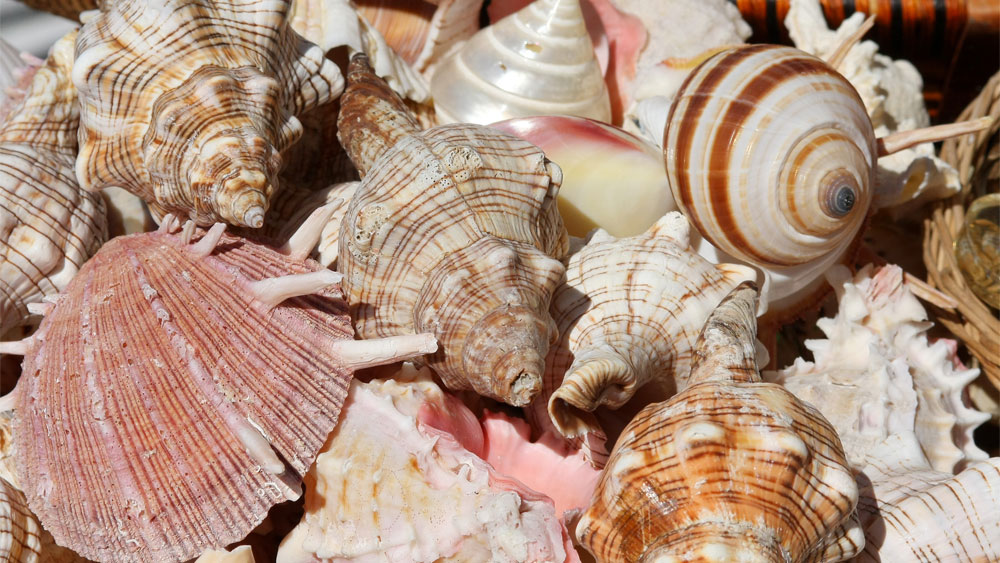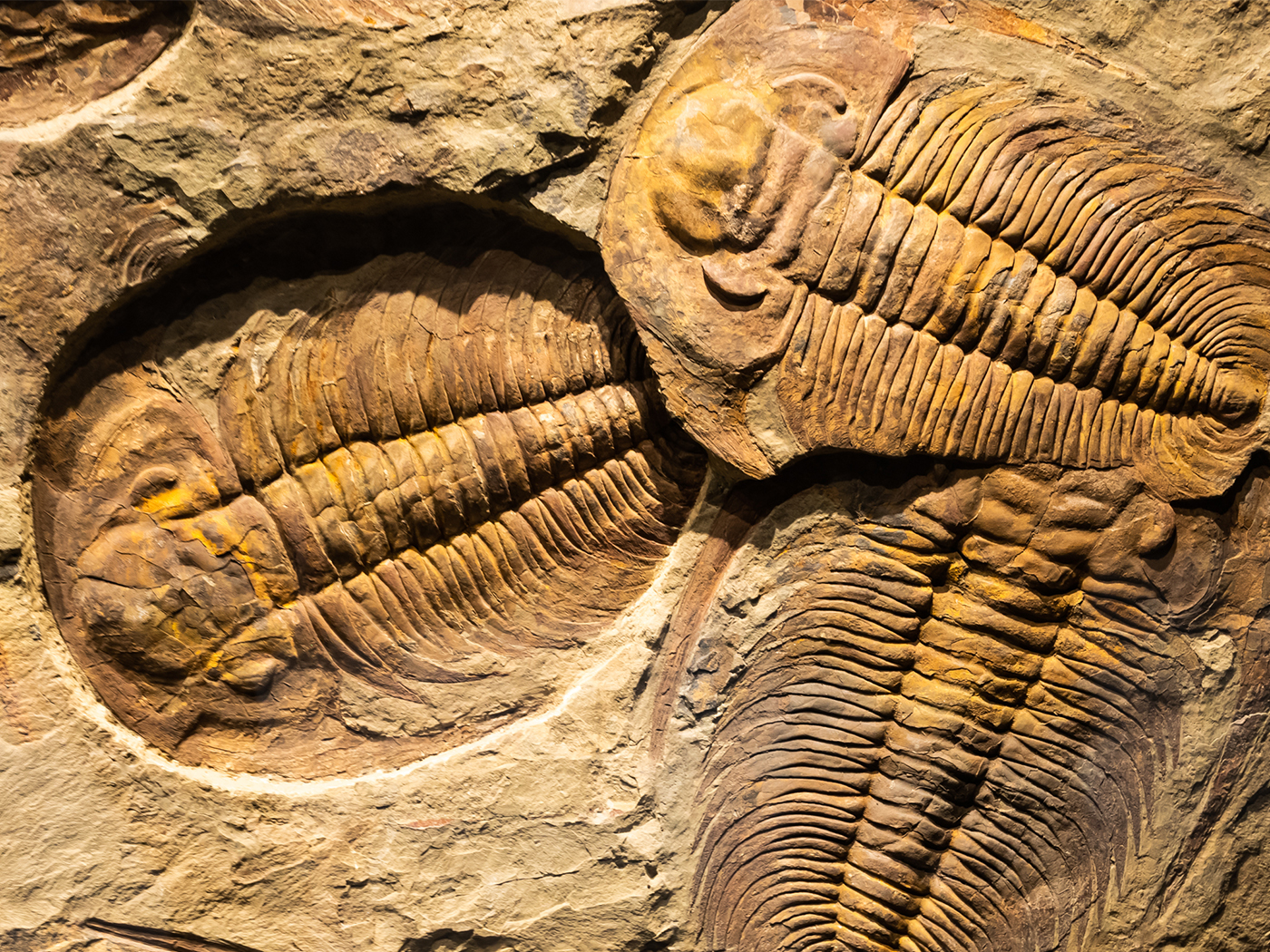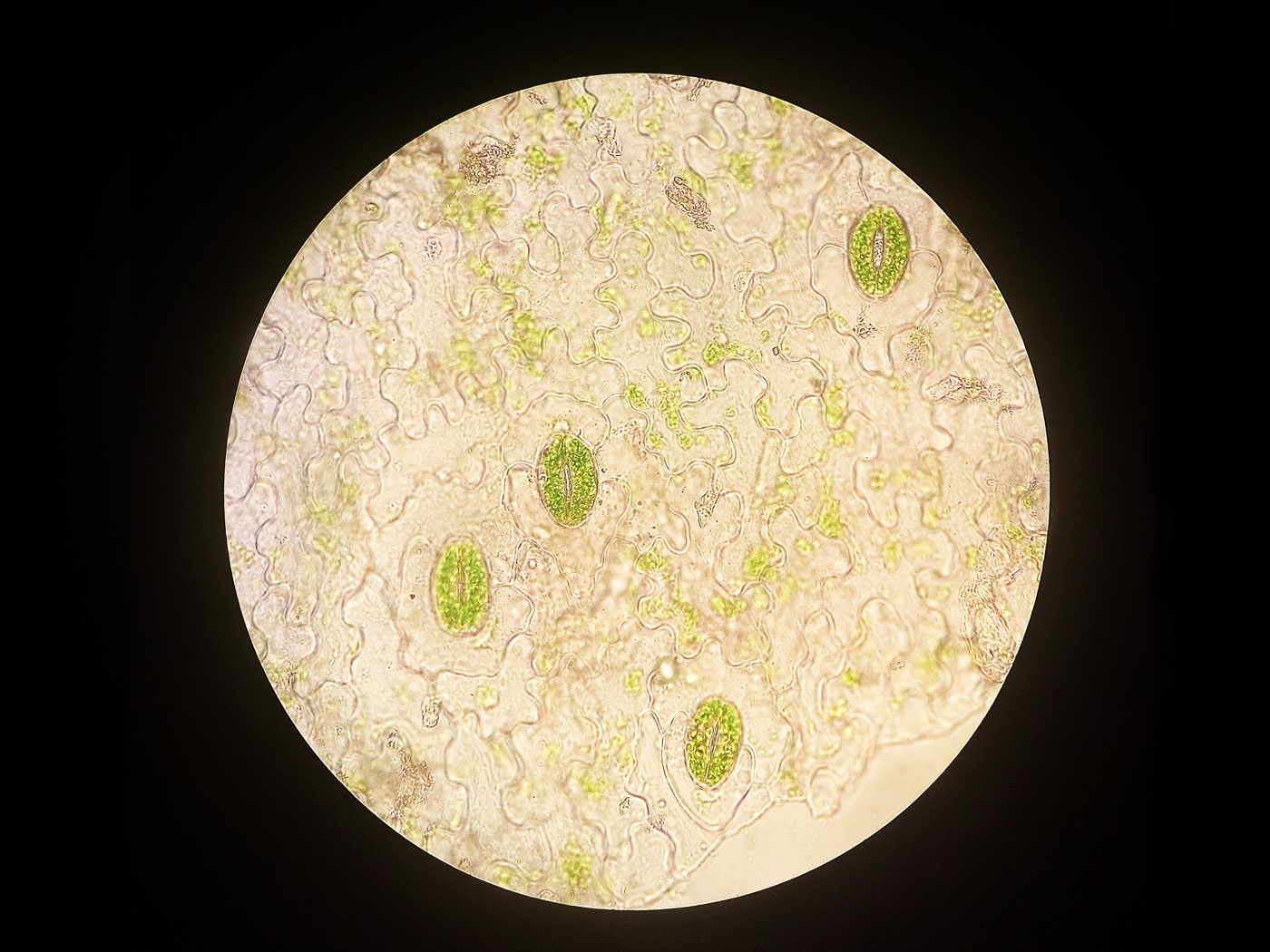Finding organic compounds such as flexible dinosaur collagen and complete bone cells1,2 is becoming common, much to the shock and consternation of the evolutionary community. We can now add to the growing list a recently discovered organic compound in fossil snail shell called polyene—a hydrocarbon with a number of carbon-carbon double bonds that undergo conjugation (linking together), resulting in some rare visual properties.
This makes this new discovery by researchers from the University of Göttingen and the Natural History Museum Vienna (NHMW) all the more astonishing: they found pigments in twelve-million-year-old fossilised snail shells. These are the world’s first pigments from the chemical group of polyenes that have been preserved almost unchanged and found in fossils.3
Polyenes are found throughout the animal world, even in bacteria. The snail fossils belong to the superfamily Cerithioidea and were unearthed in Burgenland, Austria. Scientists writing in Palaeontology gave more details about how these red, yellow, and orange colors were identified.
In situ Raman spectroscopy indicates the preservation of intact polyene pigments in about 12 million-year-old orange to red coloured gastropod shells from the Middle Miocene of the Vienna Basin. As far as known, these pigments represent the first record of intact polyene pigments in fossils.4
But were these colors “from the original shell or were [they] formed by later processes in the sediment”?3 Scientists from Göttingen University’s Geoscience Center answered the question.
They analysed the pigments using Raman spectroscopy. This involves irradiating samples with laser light. The scattered light reflected from the sample can be used to clearly identify chemical compounds. They detected pigments in the fossilised shells that belong to the polyene group of chemicals.3
Scientific discoveries such as this continue to erode the “millions of years” narrative. Specifically, how could these snail shells maintain their pristine colors through enormous time periods? If they were suddenly buried by the Flood just thousands of years ago, then it shouldn’t be surprising to find them with their colors intact.
It should also be noted that evolutionists are not in agreement concerning the origin of gastropods (snails and slugs). The fossil record shows that snails have always been snails.5 Clearly, there are rapid changes documented within the snail kind,6 such as gene flow and drift,7 but they remain snails, just like Genesis teaches.
Creationists view these colorful snail fossils as having been deposited by the later stages of the Flood about 4,500 years ago. This is the best reason for why the shell pigments (polyenes) are preserved.
References
- Thomas, B. Triceratops Horn Soft Tissue Foils ‘Biofilm’ Explanation. Creation Science Update. Posted on ICR.org March 18, 2013.
- Thomas, B. Original Biochemistry in Fossils. Creation Science Update. Posted on ICR.org September 29, 2023.
- Surprisingly vibrant color of 12-million-year-old snail shells. University of Göttingen. Posted on sciencedaily.com February 9, 2024, accessed February 15, 2024.
- Wolkenstein, K., B. C. Schmidt, and M. Harzhauser. 2024. Detection of intact polyene pigments in Miocene gastropod shells. Palaeontology. 67 (1).
- Morris, J. 1996. What is the Difference Between Microevolution and Macroevolution? Acts & Facts. 25 (10).
- Thomas, B. Snail Changes Outpace Evolution's Slow Crawl. Creation Science Update. Posted on ICR.org April 14, 2009.
- Futuyma, D. and M. Kirkpatrick. 2017. Evolution. Sunderland, MA: Sinauer Associates, Inc., 202.
* Dr. Sherwin is science news writer at the Institute for Creation Research. He earned an M.A. in zoology from the University of Northern Colorado and received an Honorary Doctorate of Science from Pensacola Christian College.






















